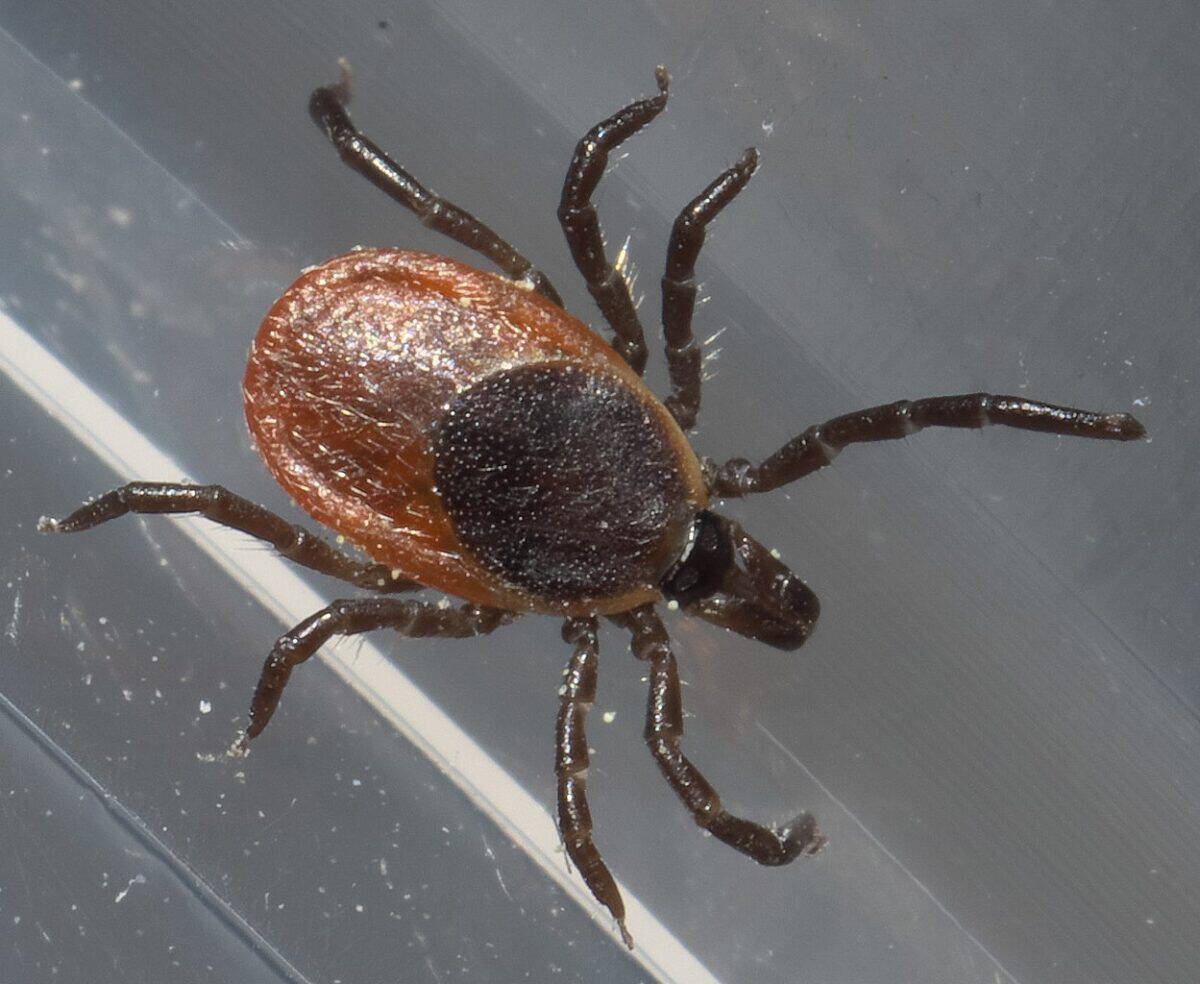Fleas and ticks are more than just a nuisance for your pets—they can be vectors for serious diseases, affecting the health and well-being of both animals and humans. This guide will take you through easy-to-implement strategies to prevent and treat these pests, ensuring your furry companions remain safe and comfortable. Whether you’re a seasoned pet owner or a newcomer to the joys of pet companionship, understanding how best to protect your pets is key.
Understanding Flea and Tick Behavior

Fleas and ticks are parasitic insects that rely on warm-blooded hosts for survival. Fleas are known for their incredible jumping abilities, allowing them to move between hosts with ease. Meanwhile, ticks attach themselves to the skin of hosts and feed on their blood, often going unnoticed due to their small size. Both parasites thrive in different environments, with fleas preferring warm, humid climates and ticks often found in wooded areas.
Recognizing the Signs of Flea and Tick Infestation
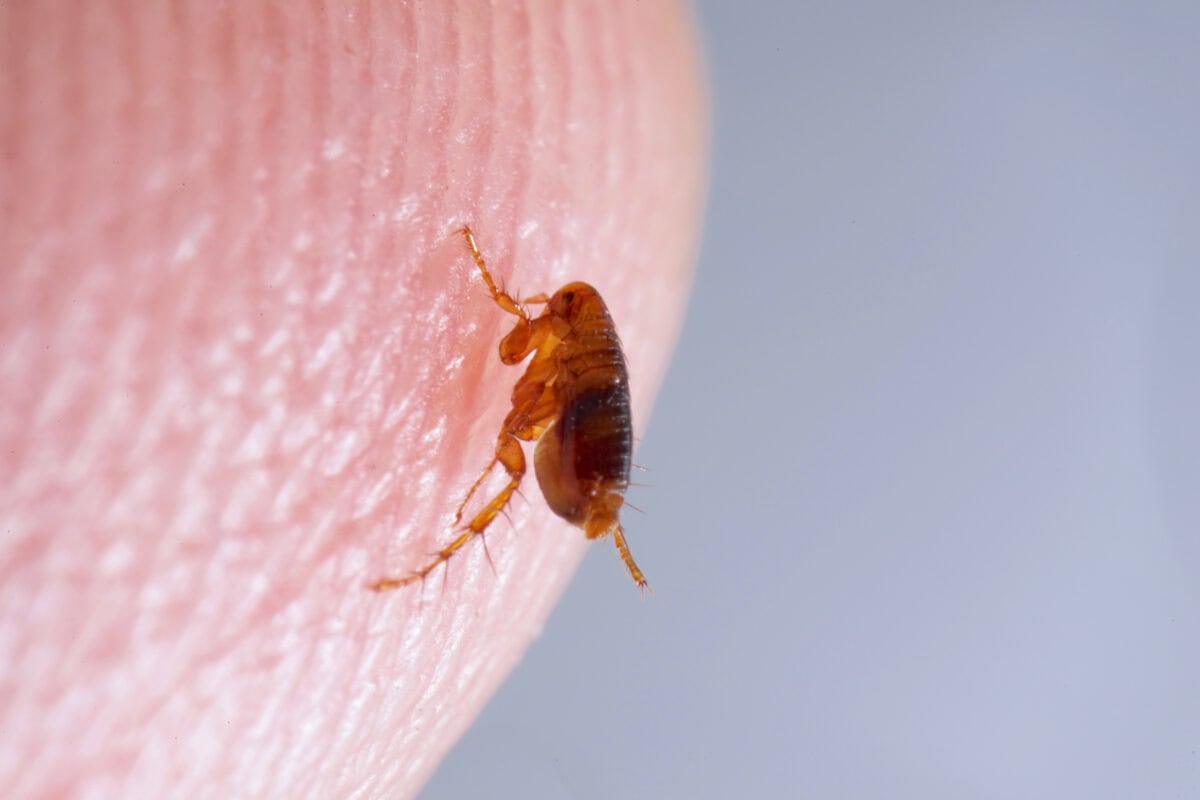
Signs of flea infestation include excessive scratching, visible fleas or flea dirt (tiny black specks) on your pet’s skin, and skin irritation. With ticks, look for small, swollen bumps on your pet’s skin, often around the head, neck, ears, and feet. Regularly inspect your pet after walks or outdoor activities, particularly during peak seasons.
Preventive Measures You Can Take

Prevention is the most effective strategy against fleas and ticks. Regular use of vet-recommended flea and tick preventives is crucial. These can include topical treatments, oral medications, collars, and shampoos specifically designed to repel and kill these parasites. Consult your veterinarian to find the most suitable product based on your pet’s species, breed, size, and age.
Keeping Your Home Environment Pest-Free

Beyond treating your pets, maintaining a clean environment is essential. Regularly vacuum carpets, rugs, and pet bedding to remove flea eggs and larvae, and wash pet bedding frequently in hot water. Consider using insect growth regulators (IGRs) that prevent flea eggs from maturing, breaking the life cycle of fleas within your home.
Landscaping Tips to Minimize Flea and Tick Habitat

Create a pet-safe yard that discourages flea and tick populations. Keep grass short, remove leaf litter, and create a barrier of wood chips or gravel between your lawn and wooded or brush areas. Additionally, consider professional pest control services that use pet-friendly solutions to treat the broader environment.
Opting for Natural Remedies and DIY Solutions

Some pet owners prefer natural alternatives to chemical treatments. Options like diatomaceous earth, neem oil, and essential oil blends can offer some level of protection. However, it’s important to research thoroughly and test any new product on a small patch of your pet’s skin to ensure there are no adverse reactions.
The Importance of Regular Grooming
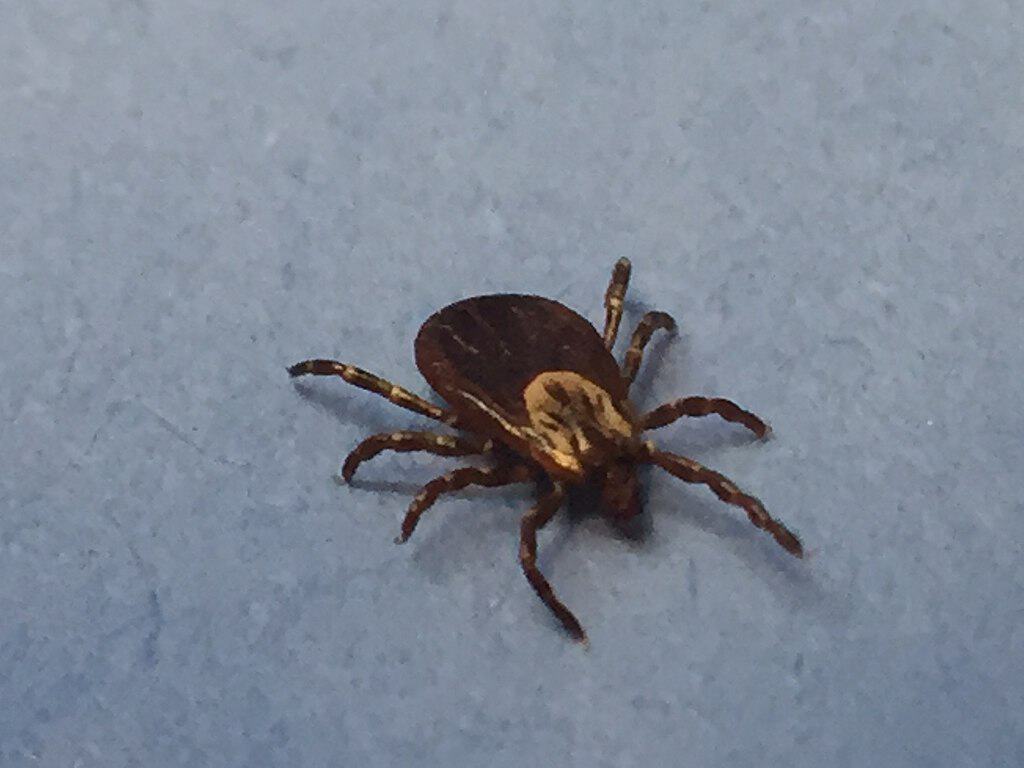
Regular grooming not only helps in spotting fleas and ticks early but also maintains your pet’s skin health. Brush pets frequently to remove loose hair and skin flakes, which can harbor fleas. Bathing with a gentle flea shampoo also removes parasites on contact, providing immediate relief.
Treatment Options if Your Pet Gets Infested
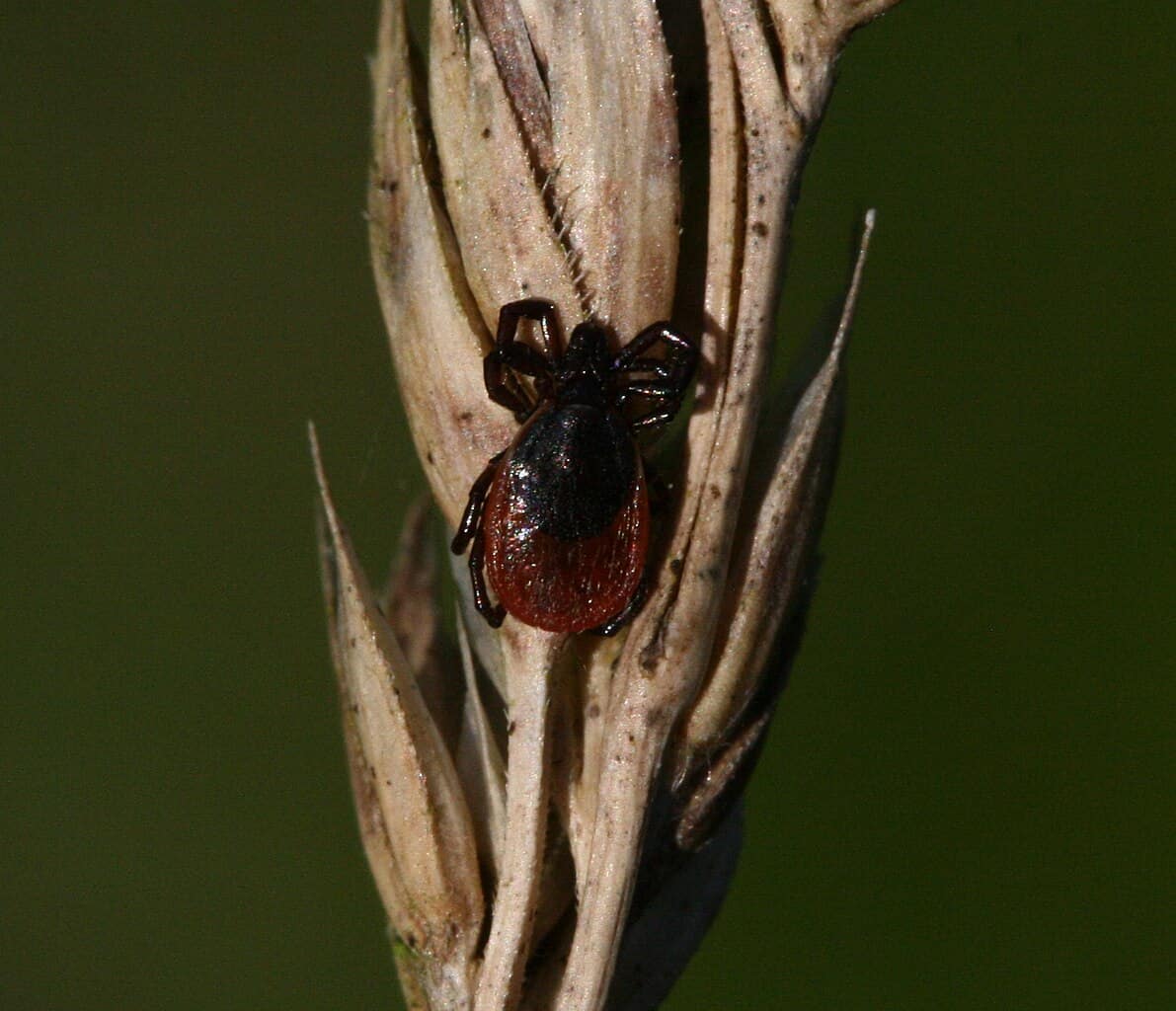
If prevention measures fail and your pet becomes infested, prompt action is necessary. Over-the-counter and prescription treatments are available, ranging from topical applications to oral medications. Your veterinarian can guide you in choosing the most effective option and advise on how to treat your home environment simultaneously.
The Role of Your Veterinarian

Regular vet check-ups are vital in managing pests. Vets can provide personalized recommendations and administer treatments that offer comprehensive protection. They can also help in diagnosing diseases transmitted by fleas and ticks, such as Lyme disease and tapeworms, if your pet shows unexplained symptoms.
Monitoring and Managing Your Pet’s Health

Beyond immediate treatments, enhancing your pet’s overall health through a balanced diet and regular exercise can improve their natural defenses against parasites. A robust immune system can help deter infestations and provide a faster recovery should your pet encounter fleas or ticks.
Protecting Multiple Pets in Your Home

For households with multiple pets, treating all animals simultaneously is crucial to prevent the parasites from moving between hosts. Even indoor pets can benefit from preventive treatments since fleas can hitch a ride on humans or other pets entering the house.
Educational Resources for Continued Learning
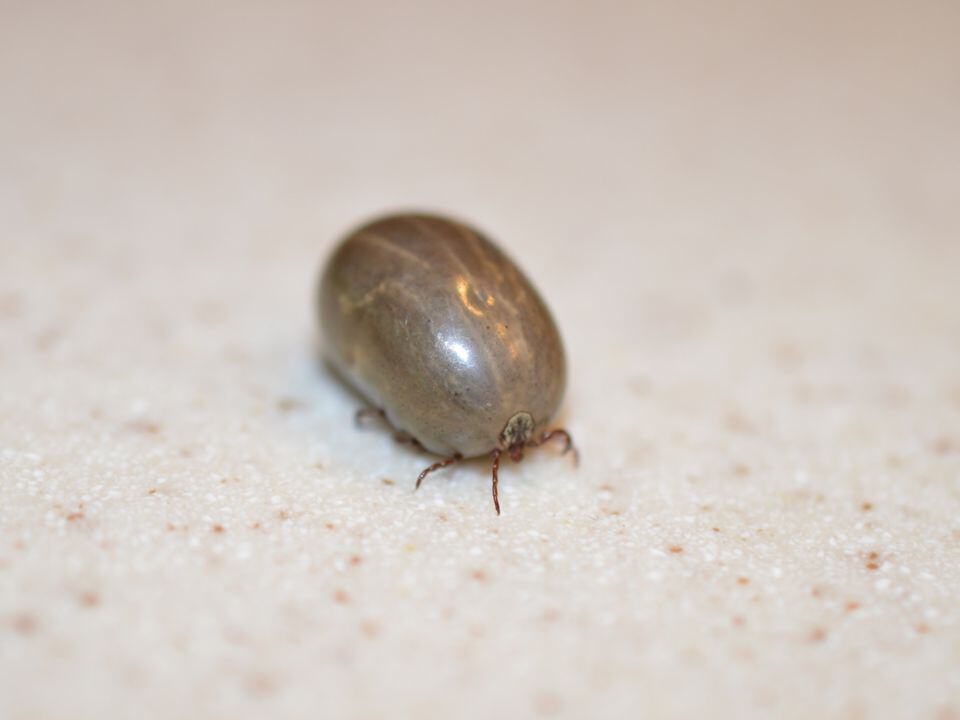
Stay informed about the latest developments in flea and tick prevention by consulting reliable resources. Veterinarian offices, pet supply stores, and reputable online platforms offer extensive guidance and recommendations tailored to your pet’s needs.
Conclusion:
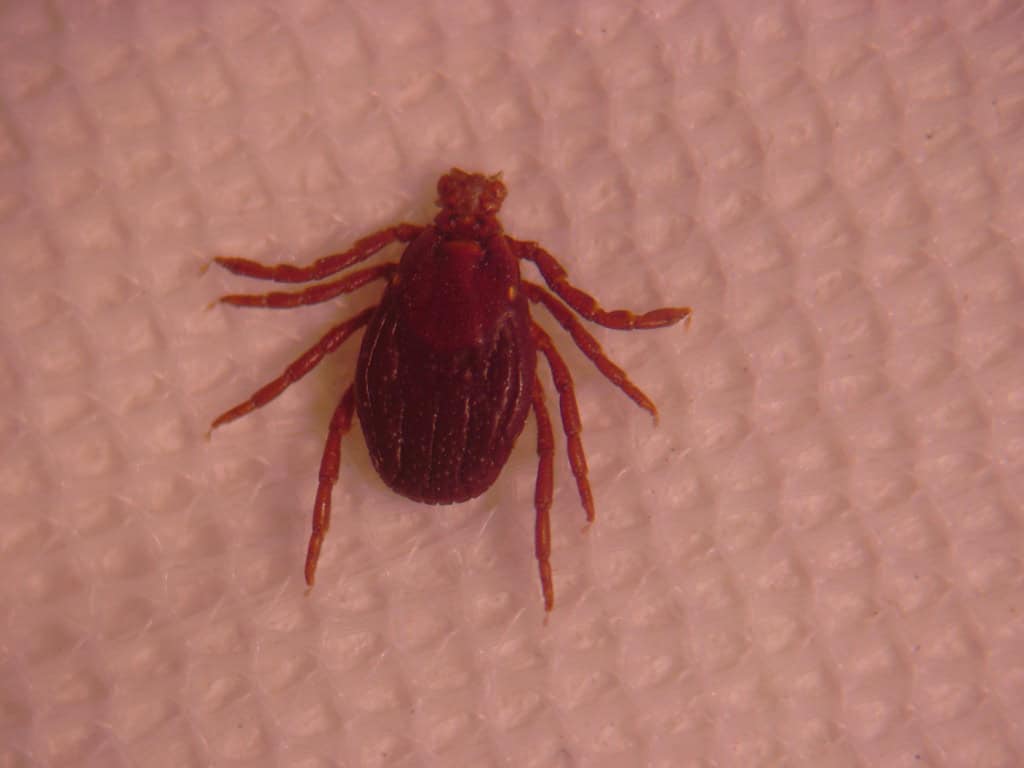
In conclusion, maintaining vigilance and consistency in your flea and tick prevention routine is the best defense. By integrating preventive care, regular vet visits, and responsible pet habits, you can ensure a healthier, happier life for your beloved animals. Remember, a proactive approach not only safeguards your pets but also your family and home from the potential hazards these pests pose.
- The Fastest Mover on Sand – It’s Practically a Blur - August 18, 2025
- The 15 Most Dangerous Creatures That Call the US Home - August 18, 2025
- 10 Animal Facts That Shocked the Internet - August 18, 2025

